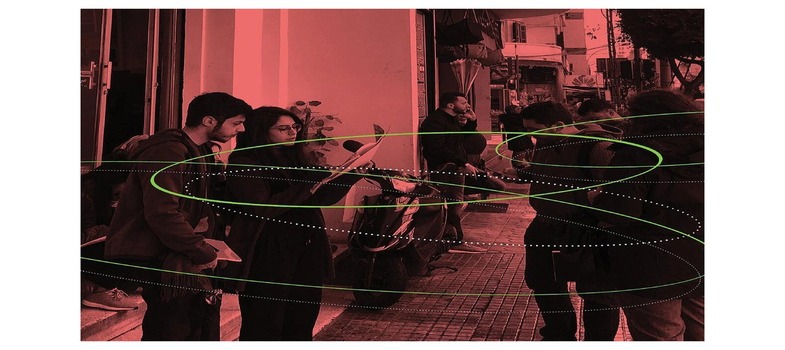3.8 The challenges of qualitative data analysis
Qualitative data can be unstructured, open, focused on lived experiences, opinions, thoughts and ideas of our research participants. Analysis of the data can be challenging for this reason.
One of the most common ways of analysing qualitative data - such as interviews - is to identify themes in the data.
Sometimes the themes are identified before the research starts. For example, if researchers wanted to evaluate a community initiative to see if it was a success, then they might identify what themes they wanted to look for before going to the data.
However, for other, more exploratory research, the researcher tries to look at the data with fresh eyes. The researchers want to see what their findings have to say for themselves, rather than to look for pre-defined themes. This could be the case for research that investigates what members of the community feel about a controversial issue that affects them. This means that the data can surprise the researchers and they learn something that they did not expect to find.
The researchers, Braun and Clarke developed a 6 stage approach to thematic analysis which can be used as a starter kit for your own analysis.
Analysis is done in stages:
- Stage 1: Familiarisation Transcribe your data and read through several times so you get a sense of what is there. Make a note of your ideas at this stage.
- Stage 2: Coding This means going through your data and noting where your participant says something related to a particular topic. You apply labels or tags to summarise the data and enable you to begin to see similarities or differences between your interview transcripts.
- Stage 3: Searching for themes Look for patterns in the codes that you have applied in order to identify possible themes in your data.
- Stage 4: Reviewing your themes This stage involves checking whether the themes you have found tell a credible story about your data. You might group, split or discard themes after trying to apply them across your entire set of data. You might create sub themes to show a range of ways a theme applies across the data.
- Stage 5: Defining and naming themes Here you can refine your themes by clarifying what they contain, their scope and the way they illuminate the data. You decide on names that are able to articulate the essence of what you have found.
- Stage 6: Writing up Finally you produce your report. You weave together the themes with data extracts to produce an analytical account of your data. You introduce the themes and sub themes, discussing what they contain and illustrating them with quotes from your interviews. You might show how different sub themes reveal subtleties of your analysis.
In the next step you can practice this approach.
Over to you
Braun and Clarke focused mostly on interview data. In the forum, could we analyse other kinds of qualitative data using this approach? What other kinds of qualitative data do you intend to collect - could you use this approach to analyse it? Could you look for themes in visual data for example? Would you have to adapt this approach? If so, how?

